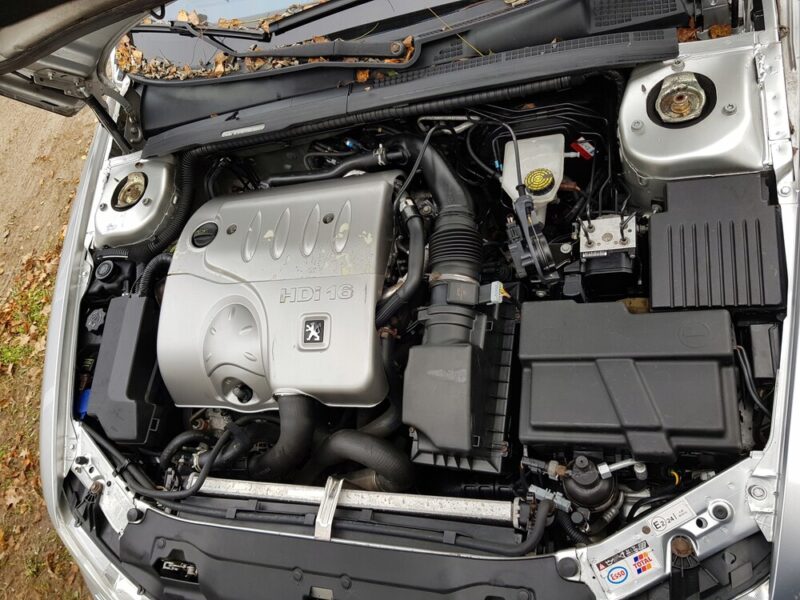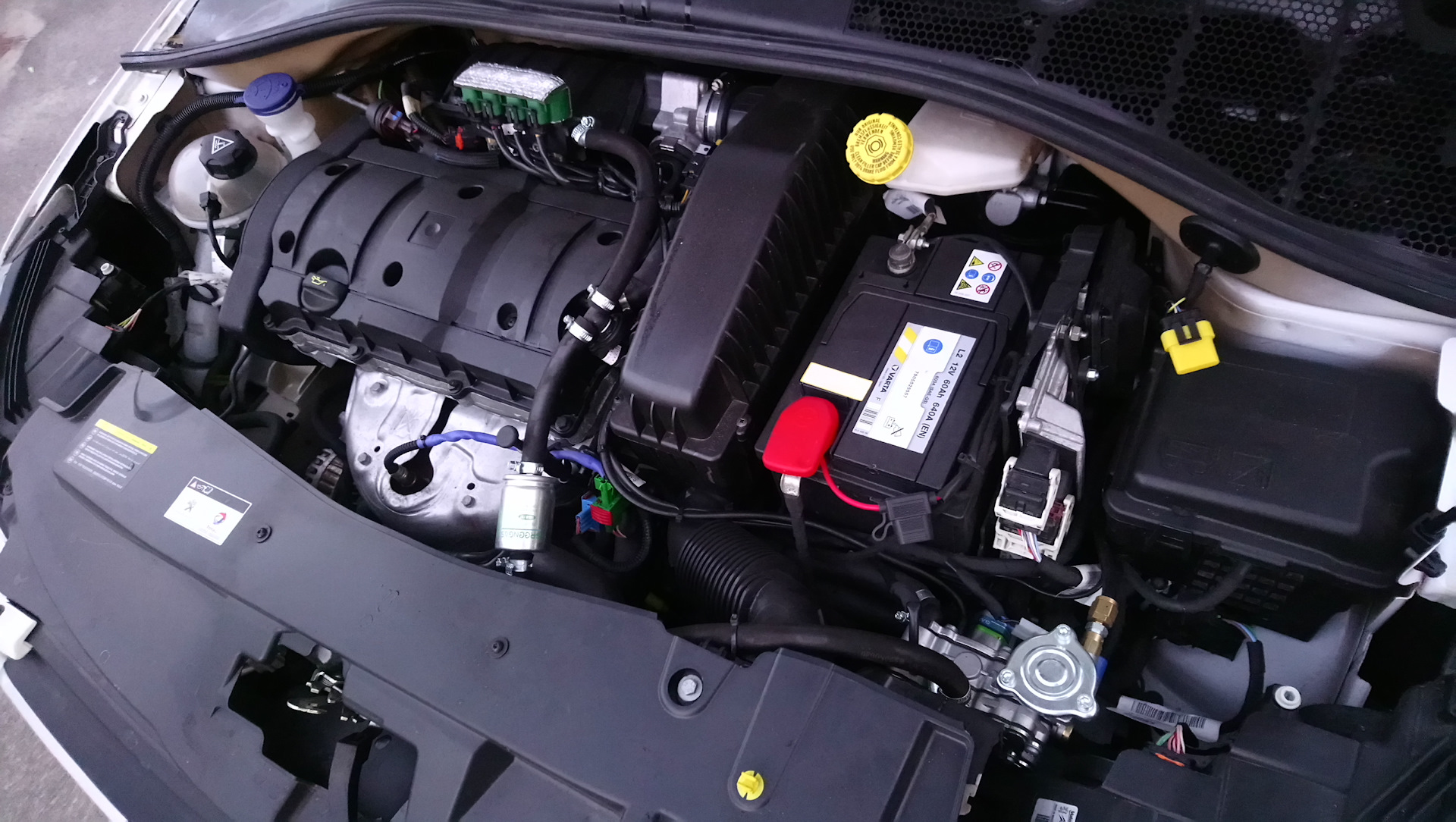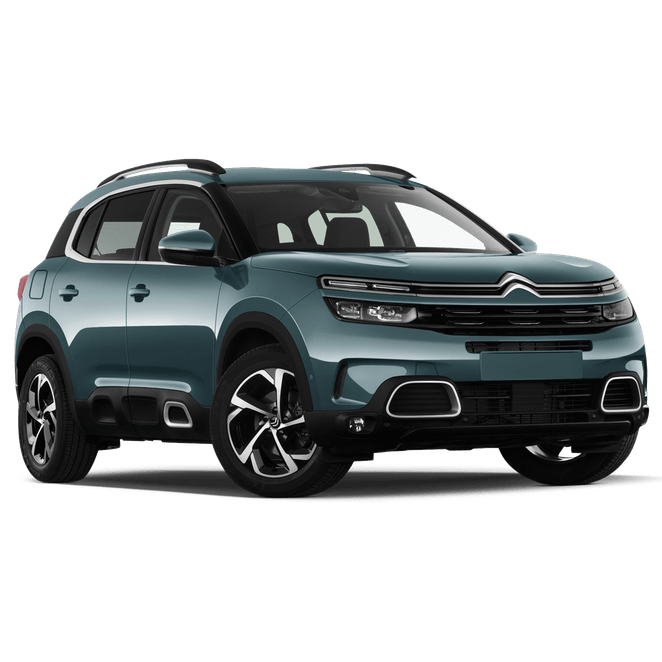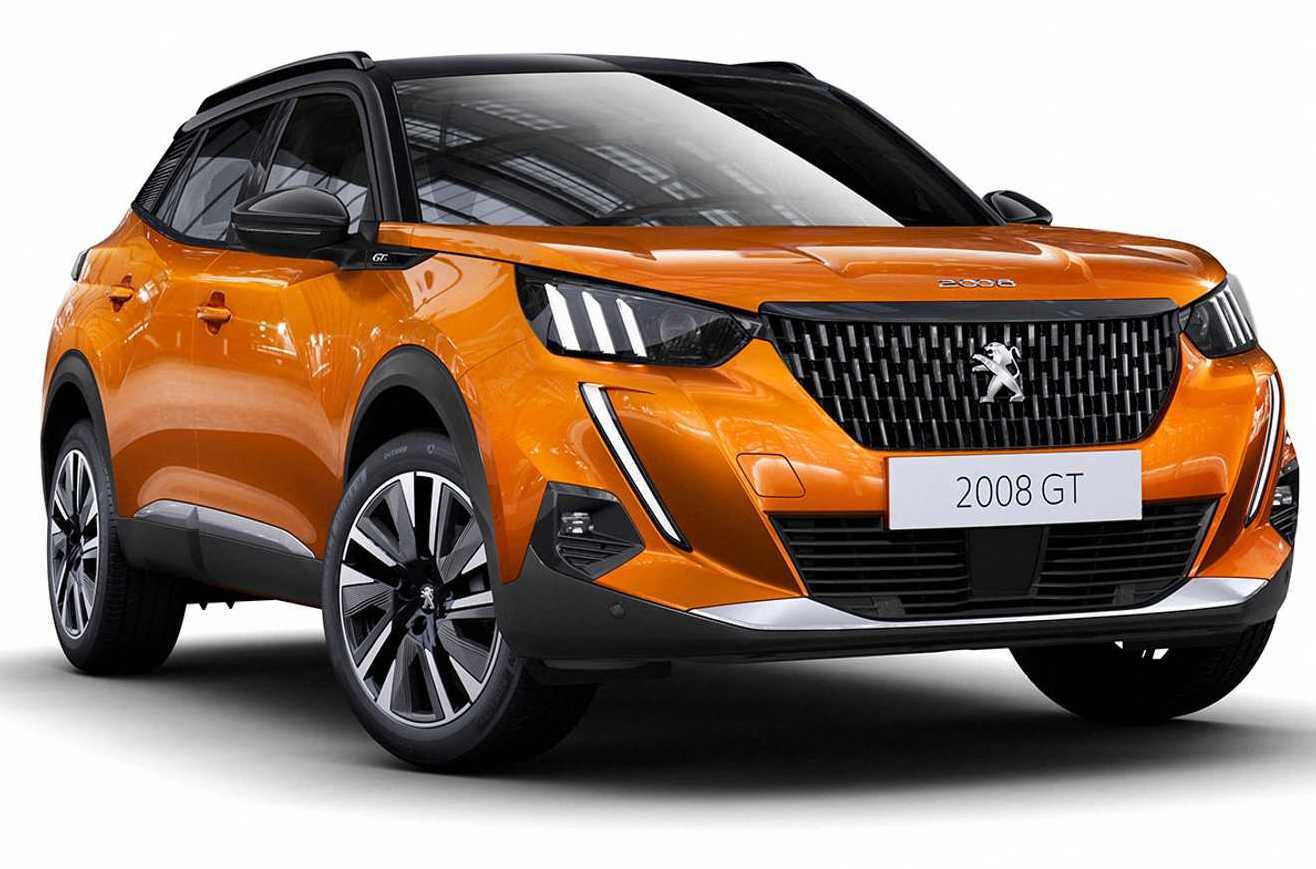The 2.2-liter Peugeot DW12TED4 or DW12ATED4 engine was produced from 2000 to 2006 and was installed on the largest models of the French concern, such as 406 and 607. There were three versions of the engine: 4HX and 4HZ for passenger cars and 4HW for minivans 807 and C8.
Diesel units with a capacity of 2.2 liters first appeared in 2000 on the Peugeot 607 model. By design there is a cast-iron block, aluminum 16-valve cylinder-head with hydrocompensators, combined drive grm in the form of belt and small chain between camshafts, Common Rail fuel system made by Bosch EDC 15C2 or Siemens SID 801, a block of balancer shafts and turbine Garrett GT1549P with variable geometry and intercooler.
The peculiarity of the engine is the system of changing the turbulence of air flow in the inlet SWIRL. That is actually there are two intake manifolds, air streams from which are mixed, thus they increase vortex formation and contribute to the completeness of combustion of diesel fuel.
Peugeot DW12TED4 2.2 HDi engine specifications
| Type | row |
| Number of cylinders | 4 |
| Number of valves | 16 |
| Definite displacement | 2179 cm³ |
| Cylinder diameter | 85 mm |
| Piston stroke | 96 mm |
| Power system | Common Rail |
| Power | 128 – 133 hp |
| Torque | 315 Nm |
| Compression ratio | 18.0 |
| Fuel type | diesel |
| Environmental standards | Euro 3/4 |
Weight of DW12TED4 engine according to the catalog is 215 kg
Which cars were equipped with Peugeot DW12TED4 diesel engine
Citroen
- C5 I (X3/X4)
2001 – 2005 - C8 I (V3)
2002 – 2006
Peugeot
- 406 I (D8/D9)
2001 – 2005 - 607 I (Z8/Z9)
2000 – 2005 - 807 I (V2)
2002 – 2006
Fiat Ulysse II (179) 2002 – 2006

Lancia Phedra I (179) 2002 – 2006
Pros and cons of the DW12TED4 engine
Disadvantages:
- High life due to cast iron block – the engine is capable of going 500,000 km or more without major overhaul with good care.
- Reliable Common Rail system from Bosch – one of the best injection systems for diesels of the time, with relatively inexpensive and available injectors.
- Easy to find a donor on the aftermarket – DW12 engines were widely used in commercial vehicles, so finding a contract motor is easy.
Disadvantages:
- Weak balancer shaft drive chain in early versions – in first-year engines, the chain could stretch as early as 100,000 km, causing noise and vibrations.
- Problematic SWIRL intake manifold system – the intake manifold flaps often fail, resulting in power loss and engine errors.
- The injectors are very difficult to remove – due to long term use and fouling, they can be almost impossible to remove without damage.
- Regular oil and antifreeze leaks – weaknesses in gaskets and oil seals lead to frequent misting and leaks of lubricant and coolant.
Engine service regulations DW12TED4 (2.2 HDi)
Oil Service
Oil change intervals: every 10,000 km
Total oil volume: 5.25 liters
Required volume for oil change: 4.75 liters
Recommended oil: 5W-40, 5W-30
Gas distribution mechanism (timing gear)
Drive type: belt drive
Declared belt life: 120,000 km
Actual service life: 120,000 km
Consequences of belt failure: Breaks valve rockers (but does not bend valves)
Valve thermal clearances
Adjustment: not required
Adjustment method: hydrocompensators
Consumables replacement
| Consumables | Replacement interval |
|---|---|
| Air filter | 10,000 km |
| Fuel filter | 20,000 km |
| Tank filter | 60,000 km |
| Flash plugs | 100,000 km |
| Auxiliary belt | 100,000 km |
| Coolant | 5 years or 100,000 km |
DW12TED4 engine breakdowns and problems
Camshaft chain
In the first two years of production here, the chain between the camshafts was often pulled out. Then the quality has improved, but still the camshaft sprockets can turn when starting from a push start or simply in heavy frost when the timing belt slips.
SWIRL malfunctions
The SWIRL intake geometry change system is controlled by a rubber diaphragm, which wears out rather quickly, the intake manifold loses vacuum and the turbine goes into maximum performance mode and starts to overblow.
Souring injectors
The most known problem of 2.2 HDi diesels are the injectors that are souring in the head, which sometimes are so stuck to the head that the service usually uses hydraulics and quite often breaks not only the injectors, but also the engine cylinder head.
Fuel system problems
Not infrequently there are failures of the fuel pressure regulator due to a clogged filter, leaks on the seals of the fuel injector of Bosch and burnout of refractory washers under the injectors. And the Siemens Common Rail system is also famous for quite frequent blowing out.
Other weak points
Modest resource in this power unit is characterized by the crankshaft damper pulley, turbine geometry and especially particulate filter, of course, in those versions where it is. Also here heat exchangers often flow and the EGR valve clogs with soot very quickly.
The manufacturer stated the engine life of 200 000 km, but they often go up to 400 000 km.



0 Comments